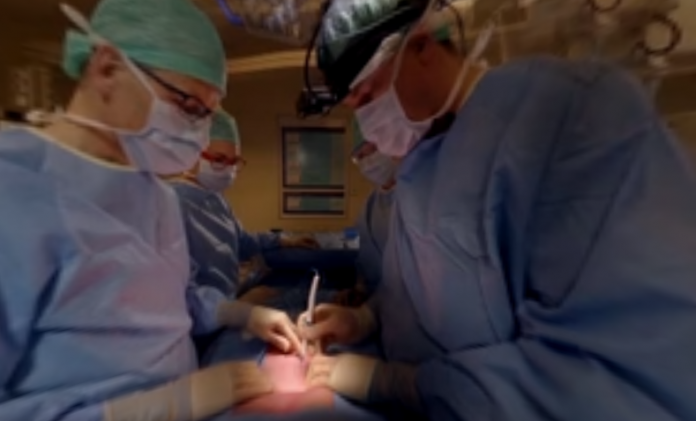Medicine tends to be at the forefront of new technology, focused on helping people live longer, healthier lives. Whether its through the advancement of new drugs and treatments to teaching new skills to nurses, doctors and surgeons. And its teaching that plays a pivotal role, as even the best specialised surgeon had to start somewhere, and these teaching practices are constantly updated and improved. One of the latest ways to do this has been virtual reality (VR), providing a new way for trainee doctors to experience the complexities of various procedures. WeMakeVR, a VR production company based in Amsterdam has now released a new 360-degree video detailing open hernia repair.
But this experience isn’t your standard 360-degree video with a camera placed at the operating table. WeMakeVR has added both CGI and first-person footage in one, enabling viewers to get a much better understanding of how open hernia repair works. The video begins with a 360-degree camera placed at one end, it enables the viewer to look at the surgeons operating and the rest of the medical staff required to help. Before the first incision is made a CGI rendering is shown giving a brief summary of the procedure. Heading back to the operation itself Gijs van Acker, the acting surgeon, beings to discuss and detail the individual elements. As he does this a secondary image come into view directly from a head-mounted camera, giving a surgeons eye view.
It’s this extra level of information that will enable students to experience a single medical procedure from different angles simultaneously for the first time.
Avinash Changa, CEO and founder of WeMakeVR, said: “For over two years we’ve been developing VR applications that go beyond entertainment. Thanks to MDLinking we were able to further this process and at the same time develop something that has not been seen before. We will continuously look forward and show everyone the true possibilities of VR.”
“This innovation will change the shape, quality, and accessibility of the entire medical education system,” added Van Acker.
You can watch the procedure below or download the WeMakeVR app on Android or iOS to use a VR head-mounted display. VRFocus will advise our readers that the video does contain graphic imagery as it is for designed for medical training.
VRFocus will continue its coverage of VR in medicine, reporting back with the latest news.















